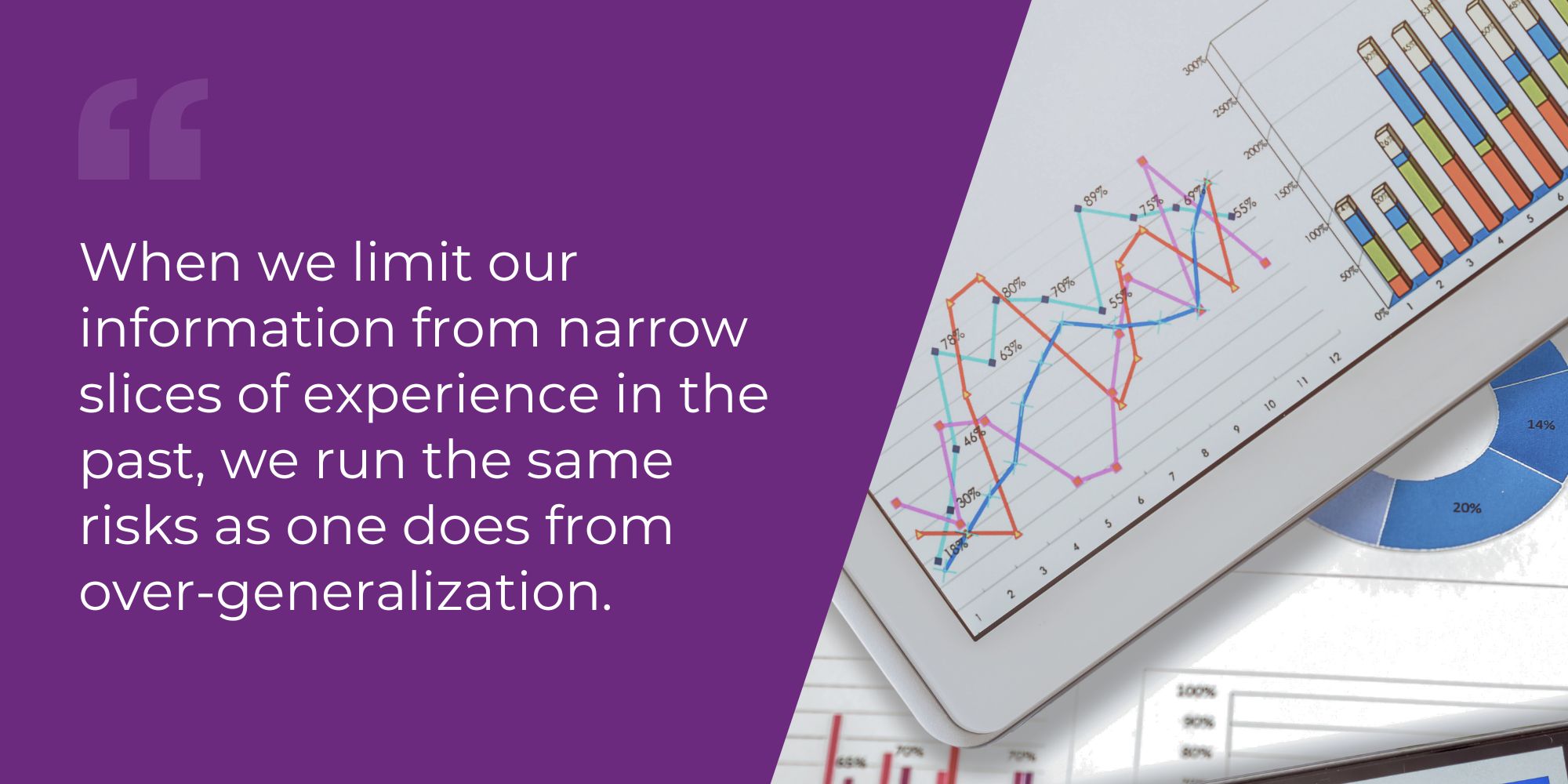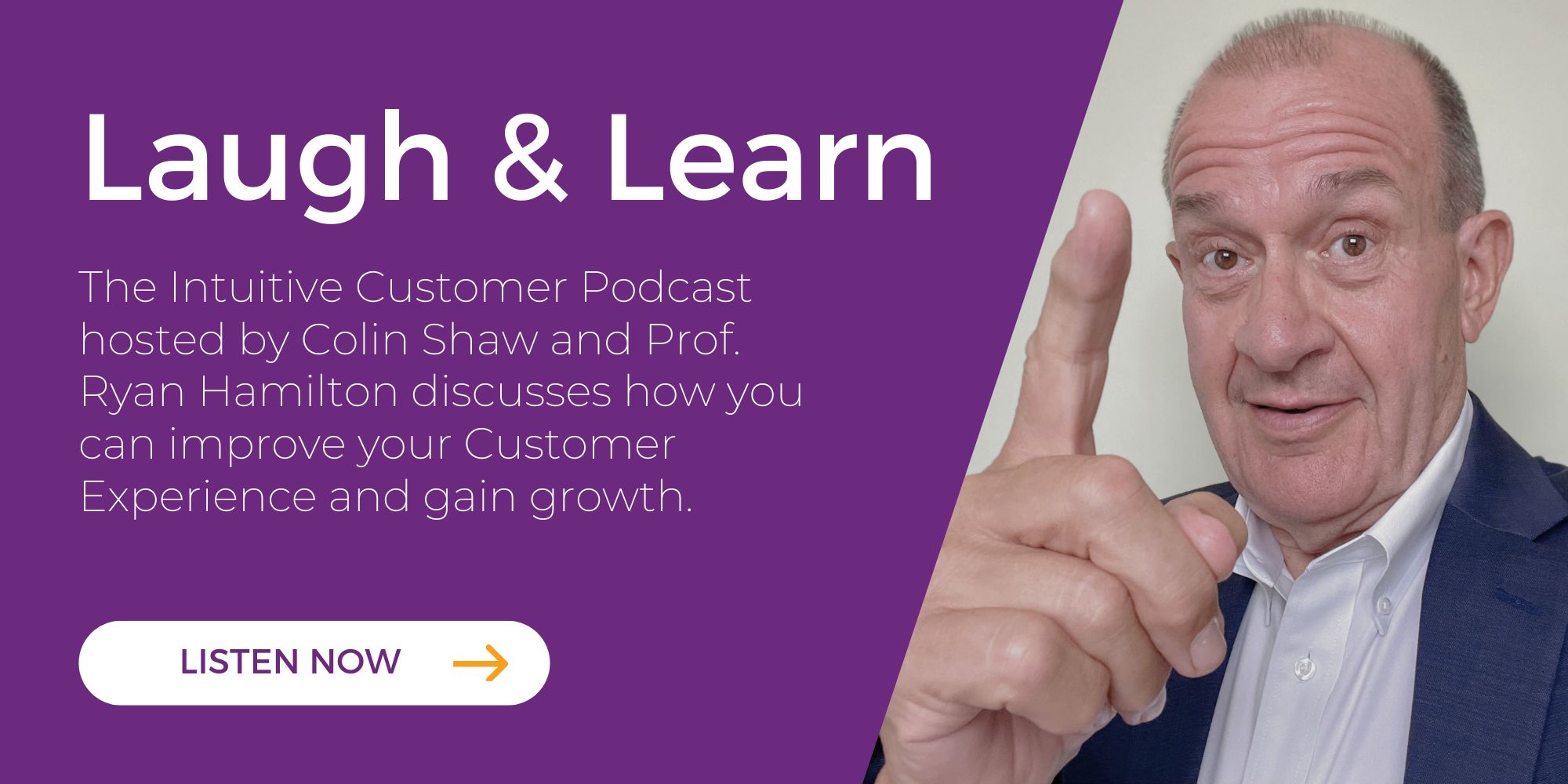Learn more about Colin Shaw: Join over 85,000 people on our LinkedIn Newsletter list or visit our website for more great podcast episodes.
Listen to the podcast:
I have a great stat from a case study that always impresses people:
Over three years, Maersk Line improved their Net Promoter Score* by 40 points over 36 months, leading to a ten percent rise in shipping volumes.
Even more impressive is that Maersk achieved this in the context of a worldwide shipping decline.
So, the question is, will reading a case study about Maersk be good or bad for other organizations? We discussed this question on a recent podcast, and I thought I should also share the results with you.
Before we get into the discussion, here’s a rundown of the Maersk case study:
Maersk, a global company operating in over 52 regions, recognized after a series of mergers that their Customer Experience (CX) was suffering. Considering they also faced increased market competition, they sought to differentiate themselves by improving the Customer Experience rather than competing on price alone.
The company engaged with a team of consultants to develop a strategic program focused on enhancing the CX. Michél, the project manager, led a change team composed of global representatives. Together, they conducted customer research to identify key drivers of value and devised a strategy approved and supported by the company’s board.
Maersk then rolled out the strategy, selectively implementing it across various regions. After proving its success in the smaller rollout, the company gave all its teams the option to adopt or opt out of the program, allowing flexibility in its company-wide integration.
For the longer version of the case study, please click here. We also had Michél Patterson, on the podcast as a guest, which you can listen to here.

Why Do People Like Case Studies?
People love case studies and have a seemingly insatiable appetite for them. Many popular business books are collections of case studies. Even the Steve Jobs biography is a case-study-version of his life and what we can all learn from his decisions.
People like case studies because they like stories. They are more interesting than facts and figures, and far more relatable for most people. They also make it easier to connect practicality to a theory by seeing the application of a concept in the context of a real situation.
On the business side, case studies help you assert your bona fides to clients. When they ask about your product or service results, you can offer a case study to demonstrate them.

Review Case Studies, Yes or No?
Pros and cons exist for using case studies. So, that means there isn’t a satisfying answer to this question. Despite my subtitle, the answer is neither yes nor no; it’s an unsatisfying “it depends.”
Using case studies to teach is a practice that was decades in the making, and originates in Harvard Business School. Students read a 10-to-20-page case study that described a company’s problem and included data around the background. The students would then analyze the data and develop solutions using the concepts the professor discussed in class.
I use them, too. When speaking at a conference, I use case studies to illustrate cause and effect. Case studies also help show the audience that my concepts are not only a theory, but a viable solution that produces results.
The problem with a case study is sometimes people overapply the case’s specifics to the wider world, and they don’t always translate.
Don’t get me wrong, case studies can be an excellent plan for change for a company. But only if they have a similar problem and are in the same place mentally as the organization in the case study.
In other words, if a shipping company with similar problems looked into the Maersk case study, they would need to be at the same stage as Maersk was to use the roadmap to arrive at the same results. Then—and only then—can a case study become a road map to success.
However, the same conditions would need to exist, which is rare. Maersk was in a prime position to go through a significant change in business as usual. Maersk leadership was open to new ideas after hearing sustained customer complaints over a long time. Additionally, a senior team member had already accepted the concept of Customer Experience, which in those days was atypical; the concept was relatively new as a discussion point in business. Plus, the project manager was excellent with a background in continuous improvement and Lean Six Sigma, which she applied to the entire implementation.
The details matter here. Issues will vary in different organizations, as will the commitment level. The organization structure, marketplace, products, and customers will vary, too.
Therefore, it is critical to remember that a case study has general principles that drive its success, and that’s what people should take away. It can never be the recipe for success or the silver-bullet solution many companies want.
Case studies are compelling stories. When used as a rhetorical device, they keep people’s attention and make the topic interesting by drawing them into a narrative.
However, if we use them to tell us what we should do, it gets dangerous.
Setting Benchmarks with Case Studies
Benchmarks set a standard, which can be helpful for organizations. Taking a specific part of a case study and pulling out metrics to create a benchmark is not uncommon and not altogether invaluable. Usually, benchmarks are a comparison between what the competition is doing and what the organization is doing, or maybe even a year-over-year analysis of the same organization.
However, benchmarks are not usually subject to comprehensive statistical analysis of what’s going on in a marketplace. So, when we limit our information from narrow slices of experience in the past, we run the same risks as one does from over-generalization: taking very small data points and overapplying them.

Take the year-over-year comparison using the previous 12 months as a benchmark. What was going on with your company last year may or may not be relevant to what’s going on now, given the changes in the marketplace. A comprehensive statistical analysis of marketplace conditions might reveal another influence on business trends, like a global pandemic. Would you agree that a company’s business in 2020 might look very different than in 2021? Moreover, the 2021 trends were likely very different than the 2022.
Likewise, what’s going on with your competitor may or may not be relevant to what’s going on with you because you are different companies. Comparing your results to theirs might not give you the complete answers you need to strategize appropriately.
Nevertheless, benchmarks are comfortable for people. Organizations want them to understand where they stand in relation to other companies.
It’s not hard to determine why this happens. First, it’s risk aversion. Doing your own thing with no assurances that it will work or examples to follow is scary. So, many organizations would rather follow an example of success.
Second, we like to create mental models. We did an episode on mental models at the end of our masterclass series. Mental models describe how people create simplified simulations of the real world to use in their decision-making.
Problems can also feel overwhelming, as can the path to the solution. People crave the easy solution, the one-thing-to-change-to-get-X answer. We often refer to it as the silver-bullet mentality on the podcast.
Part of the reason people like silver bullets is that our mental models are not sufficiently complex to account for everything. Therefore, creating that one-thing-to-change-to-get-X seems like a good fit for the reduced complexity mental models we prefer.
It’s not that we are lazy. However, we seek an easy way to do things if it exists.

So, How Should You Use Case Studies?
Case studies are helpful for introducing and absorbing concepts. They can help illustrate a lesson in business class or reassure a prospect that you know what you are doing in business. They can even entertain an audience at a speaking engagement that might otherwise be scrolling through their phones or taking a nap during your presentation.
Case studies are also excellent for identifying opportunities in one’s own processes or operations. However, finding similarities—in leadership amenability, training resources, budget constraints, general market conditions—is key for applying similar actions in a different and organization. Therefore, it is best to exercise caution when imitating actions from one and don’t assume you can follow the subject of the case study’s example and get the same results.
Similarly, one should exercise caution making benchmarks from case study examples. Two organizations might have different conditions that also yield different results.
To be clear, I am not saying that you shouldn’t ever use case studies to set goals or that you shouldn’t listen to and learn from case studies. However, case studies are not a roadmap for the solutions to your organizational problems, nor should they be the stand-alone resource for setting a benchmark Instead, learn the lesson and examine how the theory or principle is applied. Then, you will get the best out of case studies without them getting the best of you.
* Net Promoter®, NPS®, NPS Prism®, and the NPS-related emoticons are registered trademarks of Bain & Company, Inc., NICE Systems, Inc., and Fred Reichheld. Net Promoter ScoreSM and Net Promoter SystemSM are service marks of Bain & Company, Inc., NICE Systems, Inc., and Fred Reichheld.”

This review sums it up: “The dynamic between the two hosts absolutely makes this podcast. Each brings a unique take on the topic, their own perspective, and plays off each other’s sense of humor. I come away after each episode with a feeling of joy and feeling a bit smarter”.


